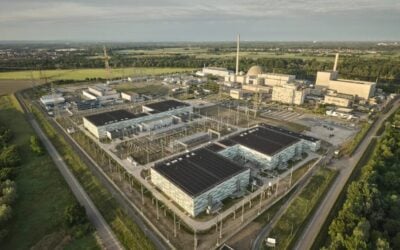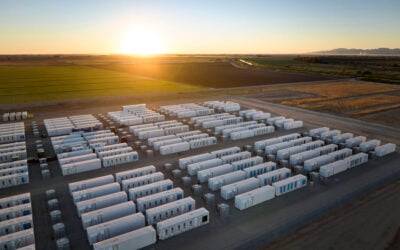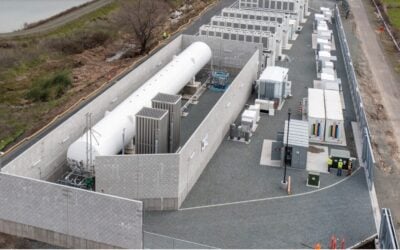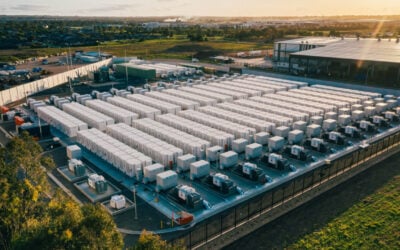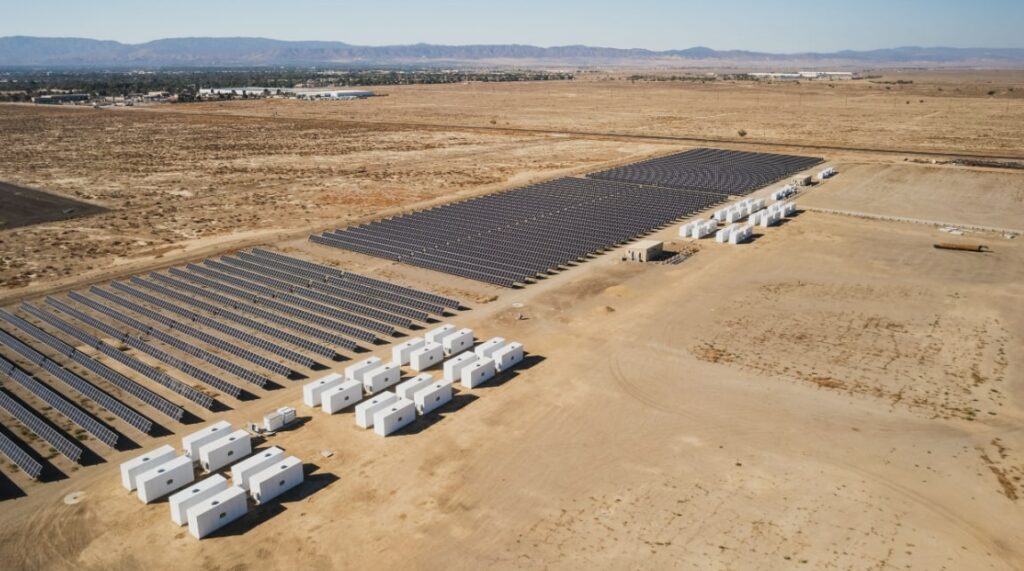
B2U Storage Solutions has further expanded its in-house second life energy storage project in California to 25MWh, an alternative approach to peers which president Freeman Hall explained to Energy-Storage.news.
The Sierra solar-plus-storage project in Lancaster, California, is now comprised of 1,300 reused EV battery packs mainly from OEMs Honda and Nissan with a smaller volume of GM Volt and Tesla Model 3 packs. The expansion to 25MWh more than doubles its end-2021 size of 10MWh.
“The Honda batteries we are using are ones that Honda has been using for R&D. They’ve been out on the road and now they’re coming off the road and that is a good chunk of our supply for our project,” Hall said.
The Sierra project is owned by B2U and is grid-connected, selling power and grid services into the California ISO’s (CAISO) wholesale power market with over US$1 million in revenue in 2022, B2U said. It claimed it is the largest operational UL 9540-certified energy storage system using second-life EV batteries anywhere ‘on the continent’.
Enjoy 12 months of exclusive analysis
- Regular insight and analysis of the industry’s biggest developments
- In-depth interviews with the industry’s leading figures
- Annual digital subscription to the PV Tech Power journal
- Discounts on Solar Media’s portfolio of events, in-person and virtual
Energy-Storage.news asked B2U president Freeman Hall why the company has opted to go down the route of effectively being an independent power producer (IPP) with one large-scale project instead of deploying multiple smaller systems to customers as most other second life energy storage firms.
“We believe there are a lot of costs inherent in dealing with smaller projects, like customer acquisition, warranty issues, permitting etc. We also believe that there is a tremendous opportunity here with the volumes of second life batteries that are going to come, so the solutions need to be scaleable,” he explained.
“As we deploy systems inside our own fence line where we can control everything, we can focus on the maximum risk mitigation for deploying these batteries at scale. And we think as the supply of batteries increases this approach will be an attractive segment, which is why we’ve focused on a larger system.”
“I wouldn’t call it a demonstrator project but we are demonstrating the technology. We think this method will help us commercialise our technology.”
The company’s software allows for connecting and disconnecting individual packs to ensure an effective yield from the system. While B2U’s may be the largest second life ESS system in North America, Energy-Storage.news has been told by other sources that China has deployed the largest operational second life systems in the world.
B2U’s initial focus going forward is to remain operating in-house projects as an IPP and build a track-record of projects, upon which the firm can then sell its technology solution to outside parties later.
Energy-Storage.news’ publisher Solar Media will host the 5th Energy Storage Summit USA, 28-29 March 2023 in Austin, Texas. Featuring a packed programme of panels, presentations and fireside chats from industry leaders focusing on accelerating the market for energy storage across the country. For more information, go to the website.

